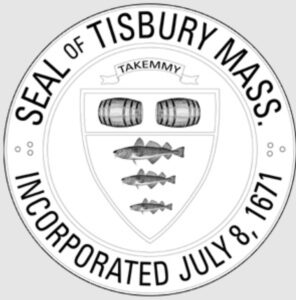Daylight Savings Time ends Sunday morning (Nov. 1) but the practice of turning the clocks ahead in spring and back in the fall has had a long and difficult history – and not just because you lose an hour of sleep every year!
Although the idea of preserving daylight dates all the way back to ancient Roman times, our modern model for Daylight Savings Time was first conceived in 1895. New Zealand entomologist, George Vernon Hudson came up with the plan to adjust clocks by two hours during the year– not, as it is widely believed, Benjamin Franklin. (Franklin did, however, made a joke about being able to burn candles longer in a satirical letter to France.) However, Hudson’s initial notion was dismissed as nonsense when he brought it in front of the Royal Society of New Zealand.
Eventually the idea caught on. In 1916, Germany became the first European country to give residents an extra hour of daylight in the spring. In 1918, Woodrow Wilson established Daylight Savings Time in the U.S. as an attempt to help the war effort. He repealed the act just seven months later, due to popular demand.
The U.S. Starts Saving Daylight
Springing ahead and falling back were not mandated in the United States again until 1942 when FDR brought it back and named it “War Time” in an effort to aid the World War II effort. But different cities around the U.S. switched their clocks on different days until 1966 when Congress introduced the “Uniform Time Act” to fix the chaos caused by the lack of synchronization.
Several places in the U.S. including Hawaii, Arizona, and many of the United States-owned territories do not observe Daylight Savings. Many other countries also do not follow Daylight Savings, or as they call it in Europe, “Summer Time.” Most of Asia and all of Africa, with the exception of Egypt, Libya, Morocco, Namibia, and Tunisia, do not participate in Daylight Savings.
To Change or Not to Change the Clock
Opponents of the fall clock change point out that when we “gain” back our hour of sleep, we may be doing our bodies no favor. According to Dr. Joan E. Roberts, professor of Chemistry at New York’s Fordham University, morning light is essential to our bodies natural circadian rhythm, as it is what helps us feel awake and it helps produce “specific neurohormones and neuropeptides” which are vital to our survival as human beings.
“All life, including humans, evolved being exposed to a different spectrum of light in the morning, afternoon and evening; and human health and well-being is profoundly affected by the different spectrums of morning, afternoon and evening light,” she said.
Another argument against changing the clocks is the cost. Because Daylight Savings is not uniform all over the world, it can cause chaos in the travel industry. In recent years, when the U.S. pushed Daylight Savings forward a whole month it put our schedule is out of sync with Europe’s. That cost the airline industry roughly $147 million a year, according to getairhelp.com.
But those in favor of Daylight Savings argue that while the airline industry takes a hit, the practice benefits the economy overall, through savings on powering artificial light. Proponents also point out that an extra hour of daylight argue helps to reduce crime.
Don’t forget to Fall Back!
Either way, Daylight Savings Time will come to an end at 2 a.m. November 1st, so don’t forget to turn your clocks back an hour before you go to sleep on Saturday night.

By KAITLYN HOLZWORTH, CapeCod.com Intern and Barnstable High School Student























Speak Your Mind